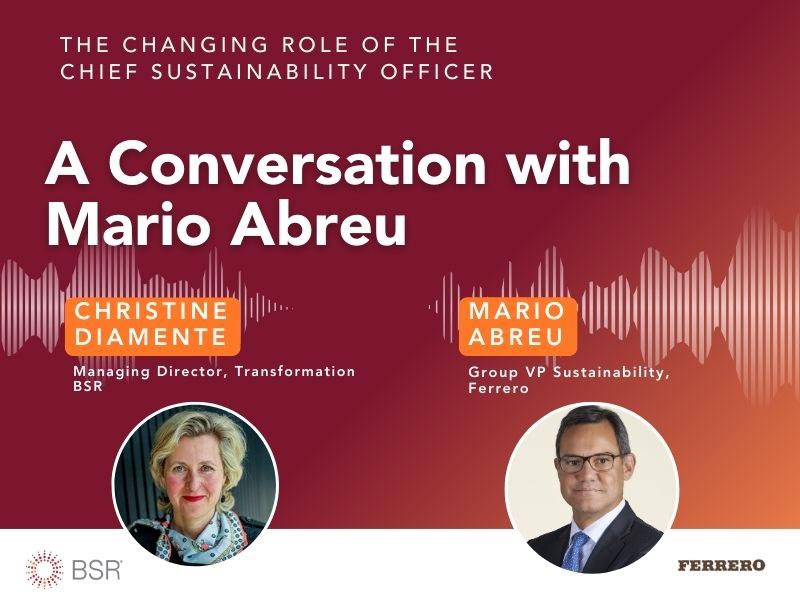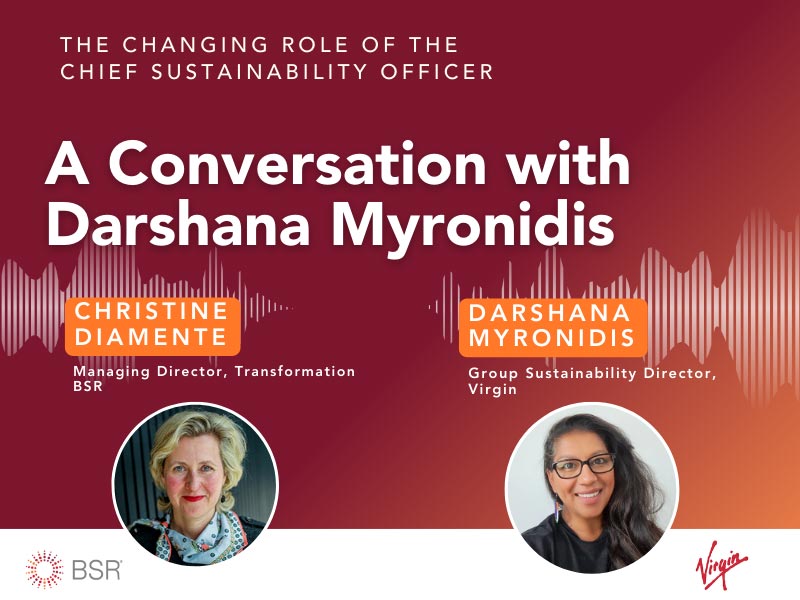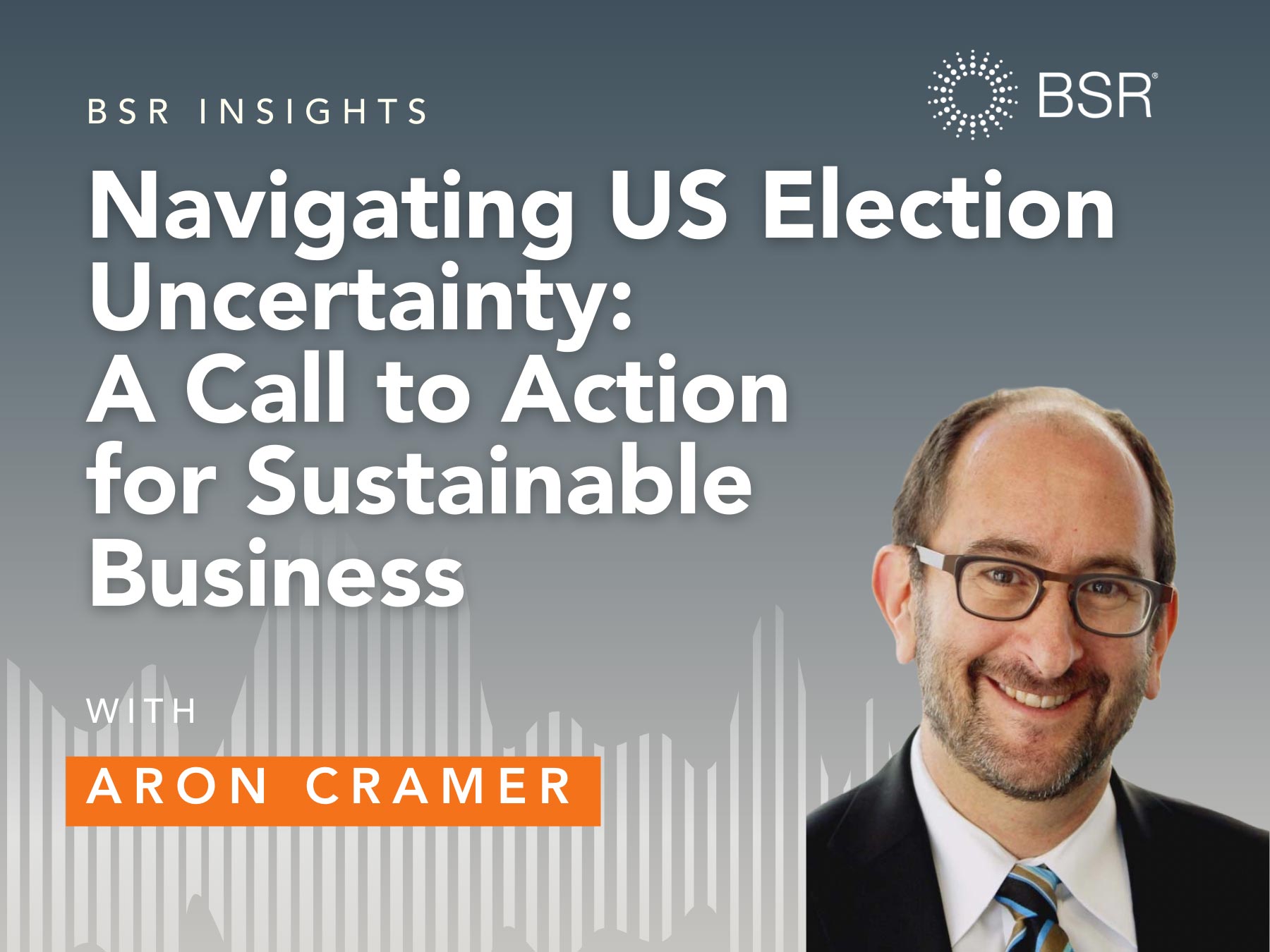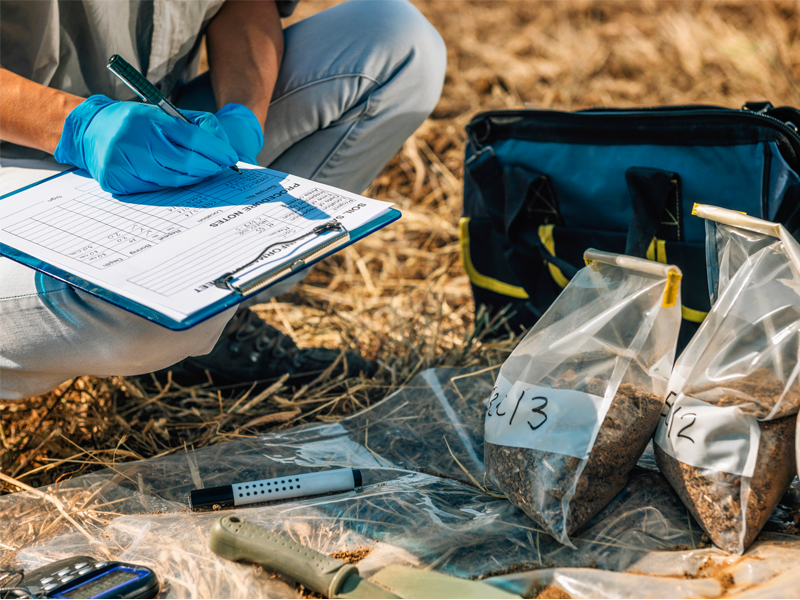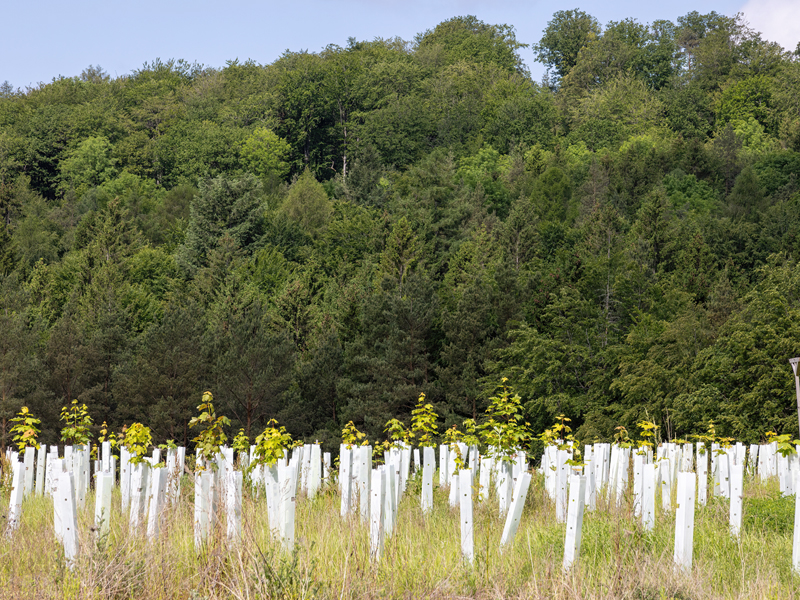
I believe we need an equivalent of the Securities and Exchange Commission (SEC) Form 10-K for sustainability reporting. Allow me to explain why.
The Form 10-K and sustainability reports serve very similar purposes. The Form 10-K is required to contain the information necessary for informed decision-making by investors, while the sustainability report is expected to contain the information necessary for informed decision-making by a wider range of stakeholders.
However, the Form 10-K and the sustainability report have evolved to achieve these outcomes in very different ways.
Every company’s Form 10-K has an identical structure, and this makes it easy for analysts to know where to find the information they need. As someone said to me recently, “We all know our way around a Form 10-K.”
By contrast, sustainability reports come in many different shapes and sizes, and this makes the work of sustainability analysts assessing company performance on these issues much more difficult. We don’t all know our way around a sustainability report.
For example, every company’s Form 10-K contains a description of the business strategy, an analysis of the organization’s financial conditions and results of operations, material risk factors, financial statements, and executive compensation information. The information is numbered consistently, located in the same place, and presented the same way, which makes it relatively straightforward to compare companies across these metrics.
I believe that the usefulness of the sustainability report would be greatly enhanced by a similarly consistent structure. For example, every report could contain a list of sustainability risks and opportunities, a description of sustainability governance and management approach, an analysis of the company’s sustainability condition and performance, and a sustainability results statement. Comparability would be much easier if this information were always presented in the same way, with the same order and numbering.
There are four potential objections to my proposal.
- It could be argued that sustainability reporting shouldn’t have its own version of the Form 10-K, and that instead sustainability information should be included in the “real” Form 10-K. I agree that sustainability information of material significance to investors should indeed be included in the “real” Form 10-K, ideally using the Sustainability Accounting Standards Board (SASB) standards. I also believe that business strategies should focus on long-term value creation with sustainability as a foundation. However, as SASB states, a lot of sustainability information sought by stakeholders is not of material interest to reasonable investors, and therefore it should not be included in the “real” Form 10-K.
- Along similar lines, it could be argued that this proposal works against the trend toward the integrated thinking and integrated reporting promoted by the International Integrated Reporting Council (IIRC). I believe that an integrated narrative about how the company creates value is essential—however, the focus of the IIRC is on the creation of a concise narrative, not on the creation of a new report with the high level of detail found in a Form 10-K. As the IIRC conciseness principle states, “an integrated report is a concise communication about how an organization’s strategy, governance, performance, and prospects ... lead to the creation of value.”
- It could be argued that the GRI content index already serves this purpose. To an extent this is true, as the GRI content index establishes a common numbering system and structure for sustainability information. The GRI standards also provide a highly credible list of content for inclusion in my proposed sustainability version of the Form 10-K. However, the reality is that most GRI content indexes are long lists of links, which do not provide the same level of usefulness or convenience as the Form 10-K. The GRI content index is a list, not a report.
- Finally, it could be argued that my proposed “consistently structured form” approach is outdated in the age of the internet and social media. However, I believe the reverse is true—just as companies communicate their business strategies and performance in many ways outside the Form 10-K, so a sustainability version of the Form 10-K would store year-on-year comparable information in one formal location, freeing up space to communicate sustainability strategy and performance in other, more innovative ways. No longer would the sustainability report need to be all things to all people, and no longer would report writers feel the need to create catchy new report themes every year.
We live in the so-called “post-fact world,” an era of misinformation where public trust in business, government, and the media is at an all-time low. I believe this raises the stakes when it comes to the quality, robustness, and comparability of sustainability disclosures, as well as the importance of rigorous reporting processes.
A sustainability version of the Form 10-K can be part of the business response to this new era—and if reaction to this blog is positive, I’d be happy to propose a template.
Topics
Let’s talk about how BSR can help you to transform your business and achieve your sustainability goals.


